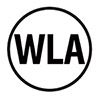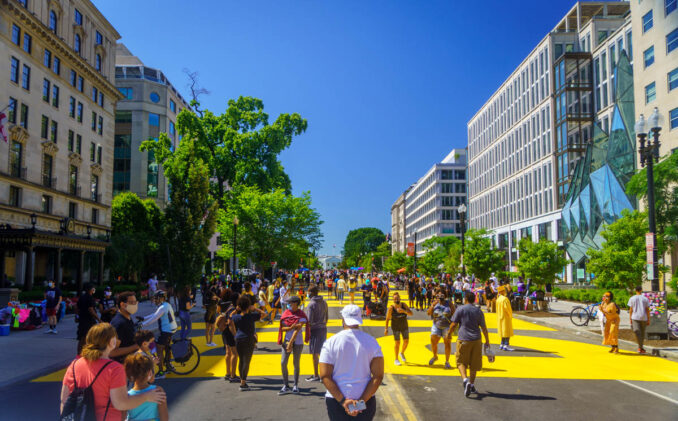
The Cultural Landscape Foundation (TCLF), recently launched the What’s Out There Guide to African American Cultural Landscapes. An ever-growing digital guide that at launch features more than 140 sites associated with African American cultural lifeways. The guide, debuted for Black History Month, also includes nine organizational themes, such as “Impacts of African Cultures on the American Landscape” and “Commemoration and Healing,” and nearly 30 biographies of those that have shaped these sites including landscape architects, architects, gardeners, and horticulturists. The Guide to African American Cultural Landscapes is part of TCLF’s broader Race and Space initiative launched in 2020. The guide is optimized for iPhones and similar handheld devices and includes What’s Nearby, a GPS-enabled feature that locates all landscapes within a given distance, customizable by mileage or walking time. To date TCLF has created 22 city and regional guides, and three thematic guides.
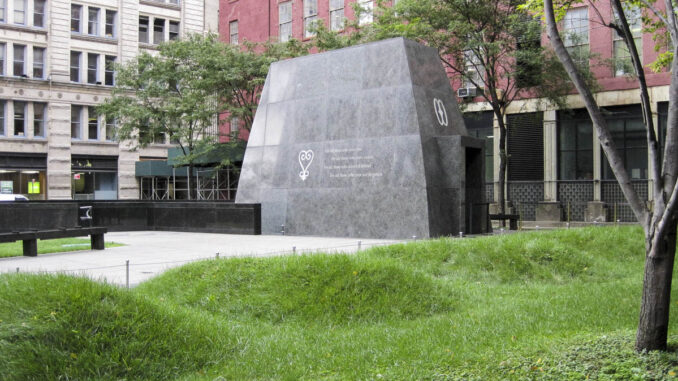
Each Guide to African American Cultural Landscapes entry includes a concise, 250 to 325-word site description, drop down menus with information about the site’s typology (e.g., public park, etc.), style (e.g., picturesque, etc.), designers, and related landscapes. It also indicates if a site has recognized significance (e.g. National Register of Historic Places, National Historic Landmark). Each entry has a media gallery with four to ten images and, where applicable, a complementary video and/or link to an external website. The drop-down menu under Places includes an Advances Search function that enables users to search geographically by region, state, city, zip code, and up to 100 miles from a specific zip code. Sites featured in the guide include the African Burial Ground National Monument (New York, N.Y.), Black Lives Matter Plaza (Washington, D.C.), Fort Negley Park (Nashville, TN), Hiawatha Golf Club (Minneapolis, MN), Shockoe Hill African Burying Ground (Richmond, VA), and dozens of others.
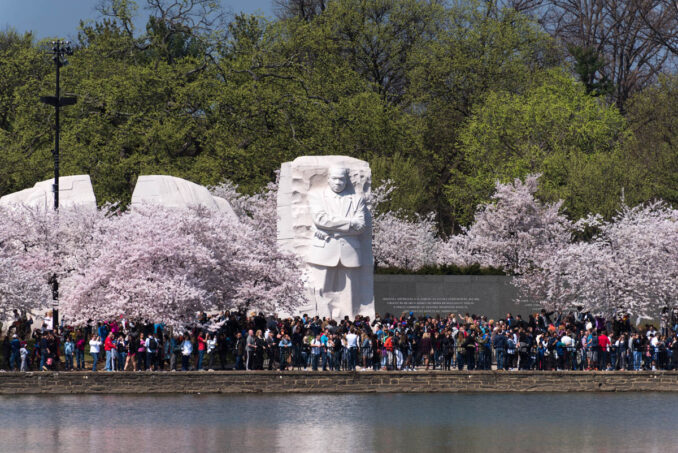
The fragility and invisibility of these landscapes makes them vulnerable to change or even worse, erasure. Working with academics, kin keepers, local and state non-profits, state, and federal agencies, TCLF aims to amplify the awareness and understanding of these unique places where history happened.
Charles A. Birnbaum, TCLF’s President and CEO
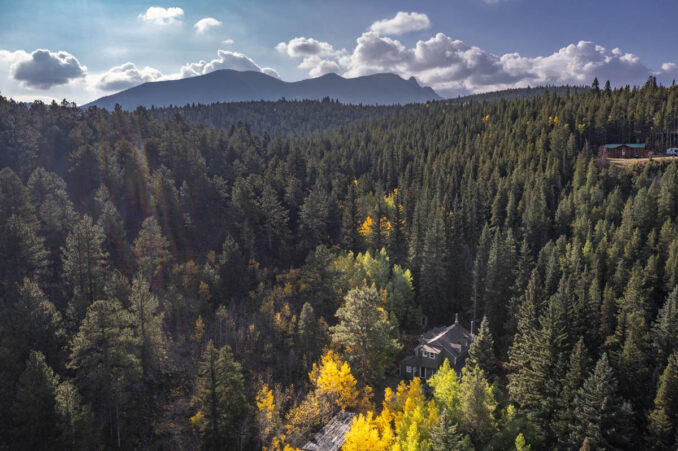
TCLF also asks the public to submit information about places and people not currently represented.
The What’s Out There Guide to African American Cultural Landscapes was made possible by a grant from the National Endowment for the Arts.
